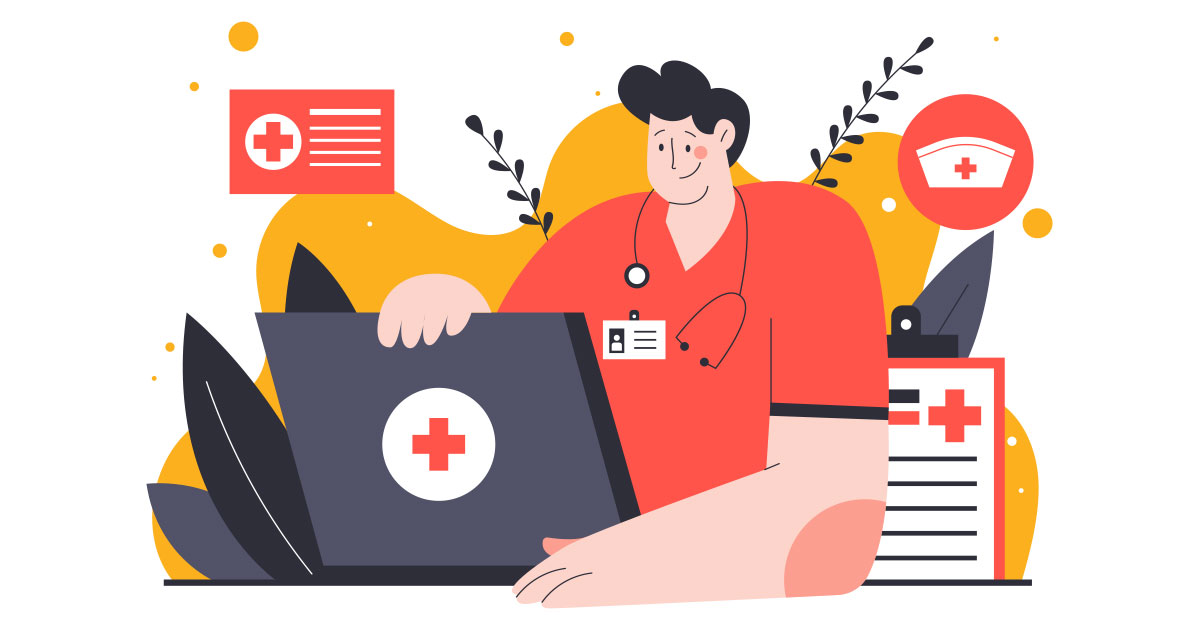According to a study by LocumTenens.com, 77% of clinicians self-reported experiencing some level of burnout. But what's at the core of this "burnout," and is that even the correct term to describe clinicians' current mental and emotional status, including the pressures they face within their practices?
Dr. Miechia Esco M.D., Ph.D., RPVI, is a vascular surgeon focused on full-time locum tenens work. Along with being on the LocumTenens.com advisory board for the past seven years, she is licensed in 15 states, a former major in the United States Air Force, is completing an executive MBA program, and is a mountaineer and certified yoga teacher.
Easy to say Dr. Esco knows what it means to manage the stress of professional and personal life. She spoke on burnout and how today's pressure on physicians is unrealistic.
Level of Burnout Among Employed Clinicians (Non-Locum Tenens)

"At least a third of every specialty is fried. They're done," she said. "But here's the thing, it's not burnout. Physicians are no longer interested in hearing the term ‘burnout.’"
Dr. Esco says the term burnout is a misnomer, suggesting physicians lack resiliency.
"I just spent 14 years after college to take a board exam that a chatbot did in a week," she said. "Of course, we are resilient. We do a lot. We take care of patients and see and do tough things. So now the focus is on the system, not the physicians."
The business of medicine dramatically contributes to the intensive strain on medical providers today. Modern, aggressive business methods are being applied to medical practice. When the two clash together, it leaves physicians stuck in the middle.
Don’t call it “burnout”
Dr. Esco spoke on “moral injury,” a phrase describing when physicians find themselves caught between the oath they took as medical students to do no harm, put the patient first and do exceptional work while simultaneously facing the demands of a corporation.
"We understand systemic issues create this disruption, and that is considered moral injury. How could you say we are not resilient enough when we are forced to withstand what is essentially a pressure cooker? What would happen if you put a frog in a pressure cooker? It's going to be a problem."
A prominent example of a business method that leads to heightened strain is the push for physicians to see more patients, in less time, with fewer support staff. Not only does this prevent them from taking their time with patients and creating a personal connection, but it also depletes their energy faster.
Another method is the introduction of required medical devices that interfere with rather than facilitate care. When a clinician that may not be accustomed to newer technology is forced to incorporate it into their practice, it can create more issues than solve them.
How medical workplaces can address moral injury
Dr. Esco believes there are several solutions to moral injury. One is introducing more physician leaders to practices. With physicians retiring earlier than ever, more medical care providers must be presented to fields needing more attention and care. The other solution at the forefront of the issue is physician unions.
"‘Burnout’ and health industry consolidation are leading more doctors to unionize to demand better pay, benefits and working conditions," she said. For example, the Committee of Interns and Residents, a part of the Service Employees International Union, said it had a record year in 2022 organizing unions at five hospitals nationwide and now has more than 22,000 members. Also, according to the American Medical Association, there were more than 67,000 physician union members, or 7.2% of all practicing US doctors, as of 2019. The takeaway is clear: physicians want to work on their terms.

"Some physicians are even joining teacher unions to understand how to organize and to have that kind of support," said Esco.
Even with such change and stress, Dr. Esco says that almost all physicians share the same goal.
"In my opinion, physicians just want to take care of patients. At the core of it all, the majority just want to care for people."
Strained physicians are looking for new opportunities. Now is the perfect time for healthcare facilities to create a staffing model that takes into account physicians' expectations and career paths.





